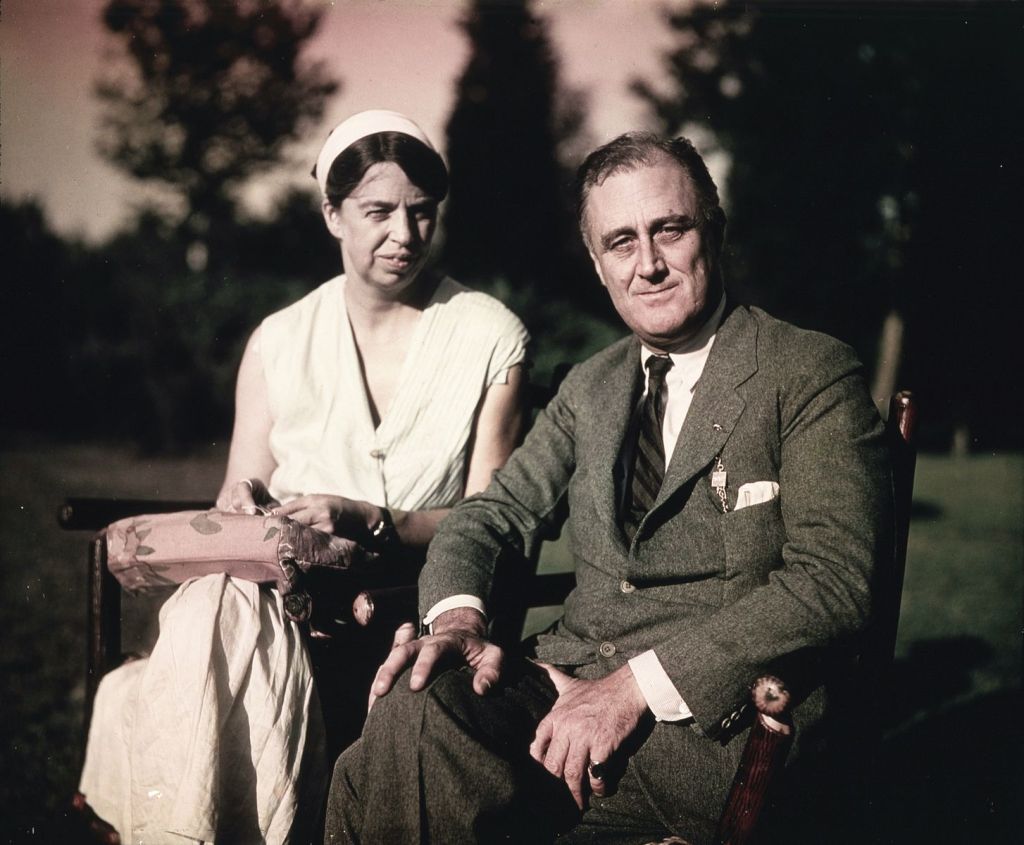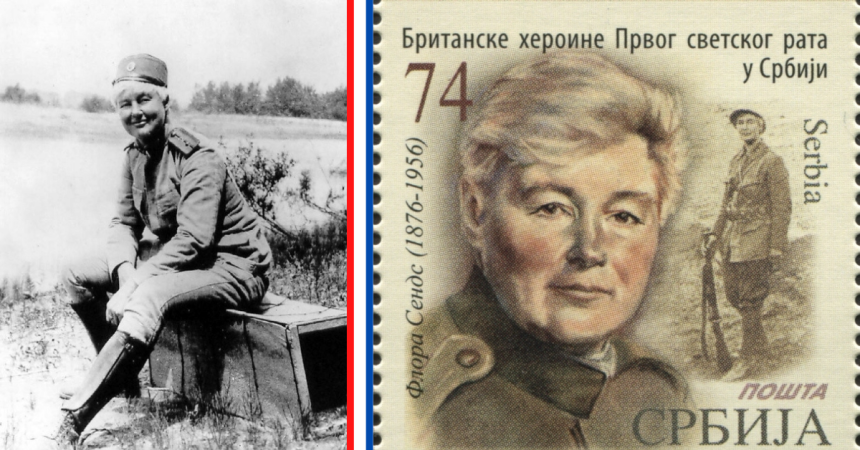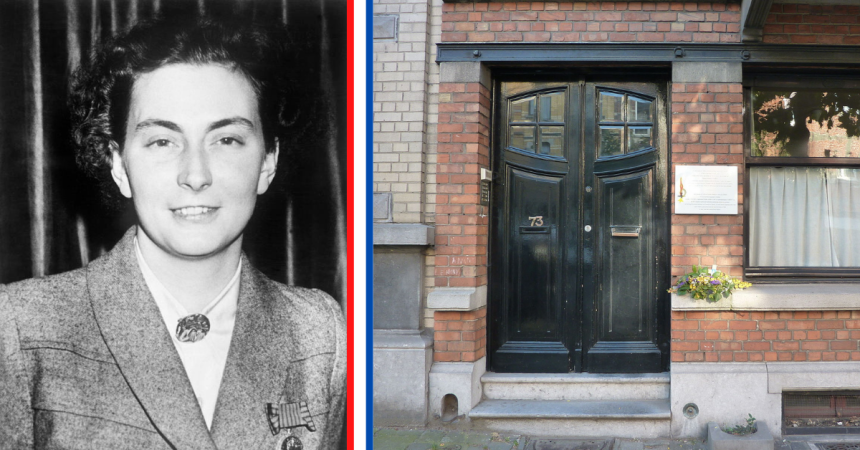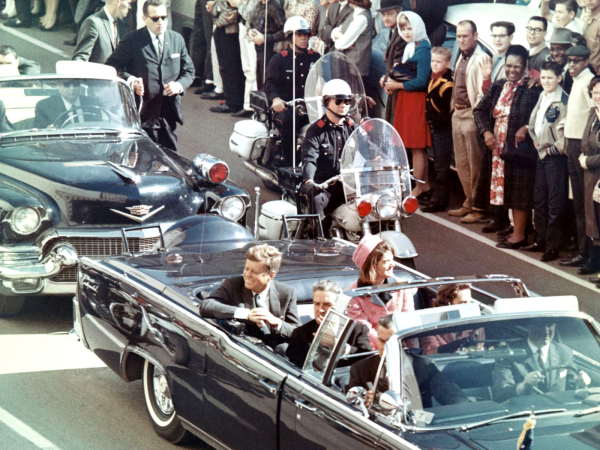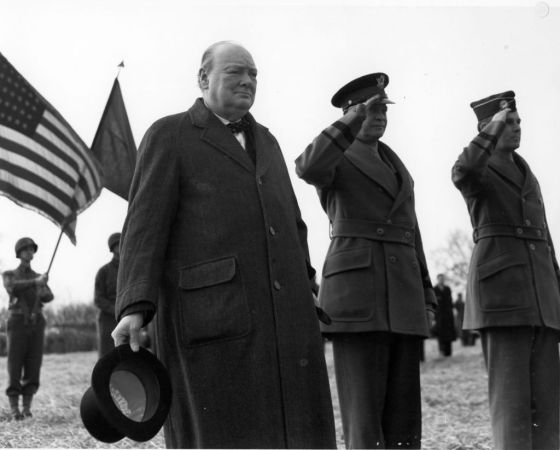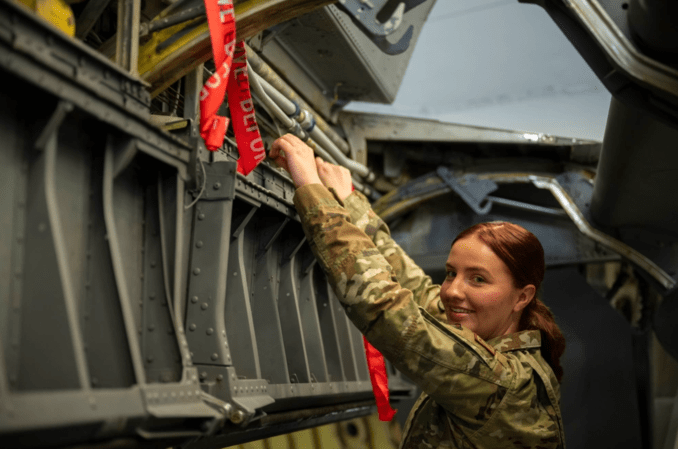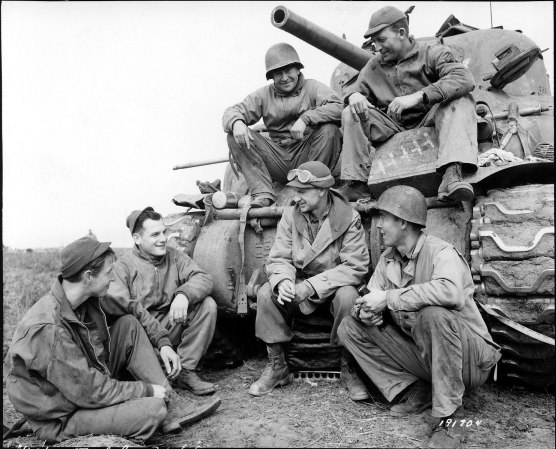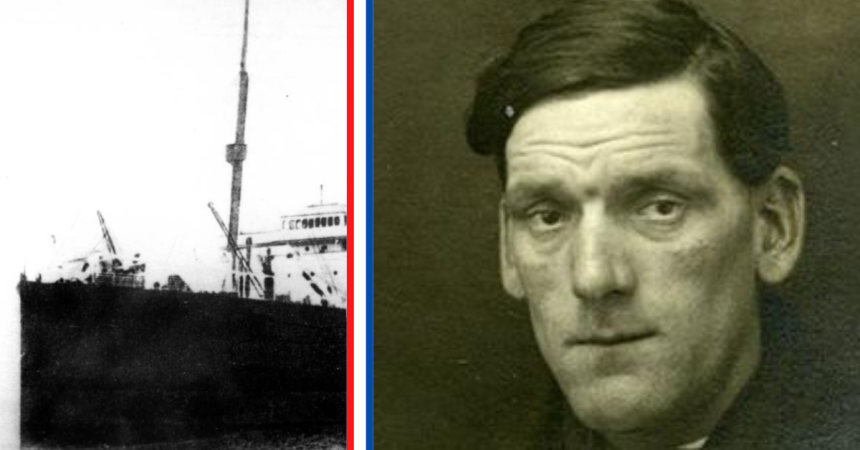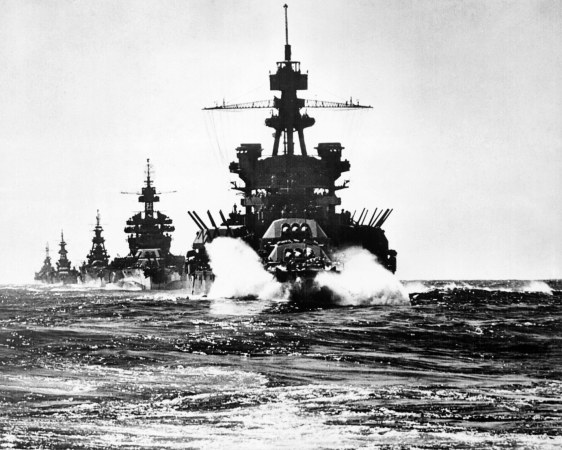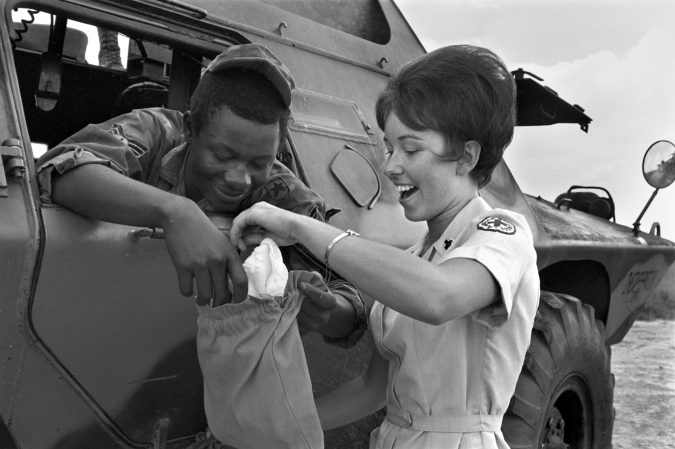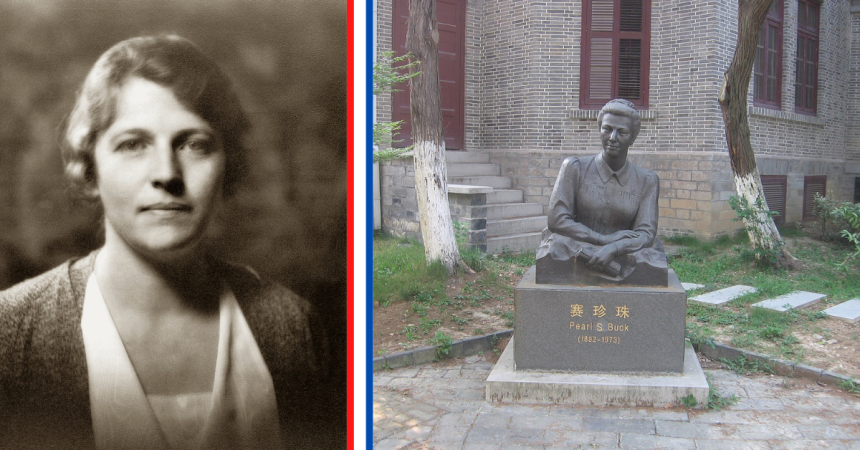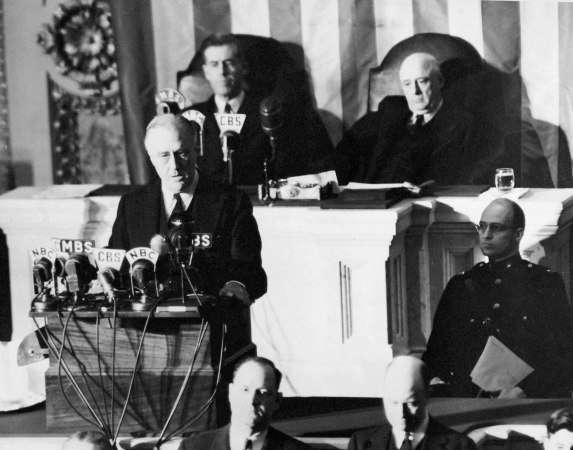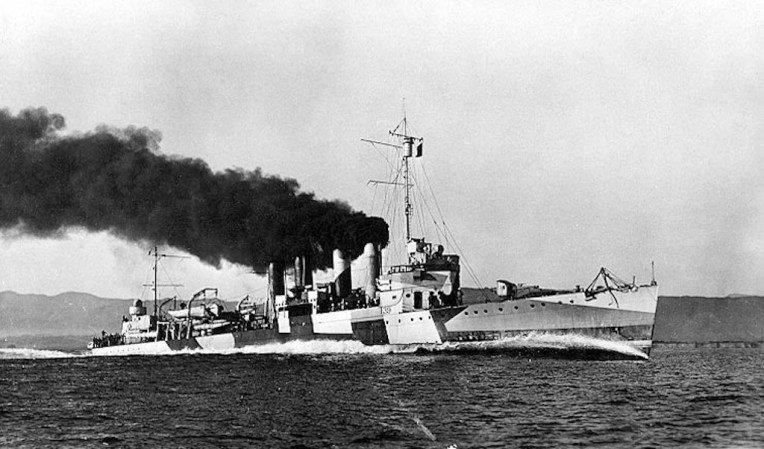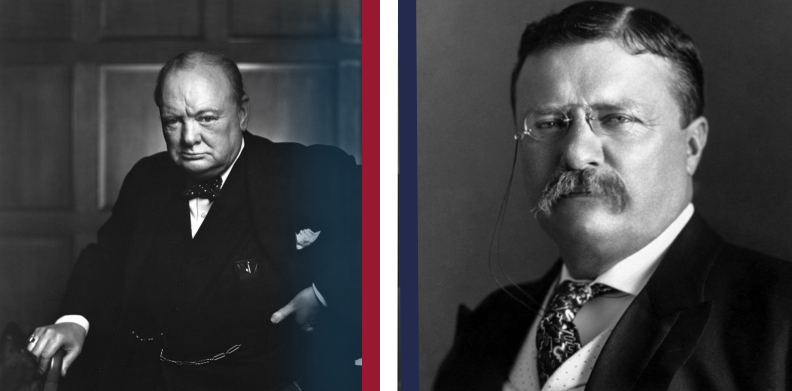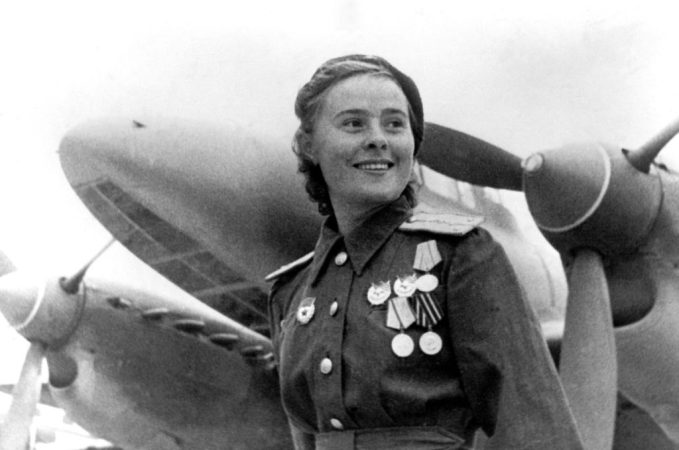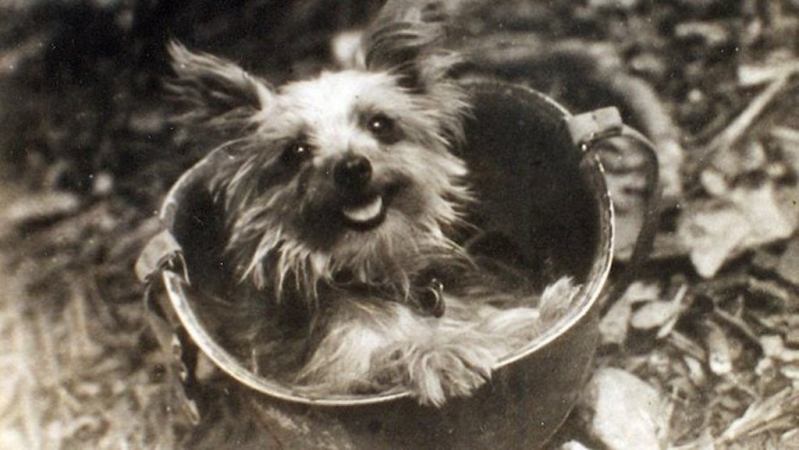Franklin Delano Roosevelt, or FDR, was our first disabled president. Polio had paralyzed him from the waist down when he was in his thirties, confining him to a wheelchair. Elected in 1932, he steered the nation through the Great Depression and then World War II, two of the greatest crises of the modern era. While he did travel quite extensively, it was exhausting for him, exceedingly difficult for those around him, and required collusion by the press not to highlight his disability.
Due to these circumstances, coinciding with her force of will, Eleanor Roosevelt broke the mold for First Ladies by performing whirlwind travel of her own and engaging in political discourse. She started this when her husband was elected to his first of four terms when America was in the throes of a devastating economic depression. In another first, starting in 1935 and continuing to her death in 1962, she wrote a daily “My Day” newspaper column that both documented her travels and served as an outlet for information and advocacy for causes he wanted to highlight to the American people.
Mrs. Roosevelt had her pilot’s license and was good friends with Amelia Earhart. Once, the two actually made an impromptu sightseeing flight to Baltimore from Washington D.C. one evening at the end of an official White House dinner, flying, and both probably piloting, in formal evening wear.

FDR was in his third term when the U.S. entered World War II, Mrs. Roosevelt went where her husband simply could not go, either due to his disability or for security or political reasons. In 1942 she went to the United Kingdom, partly to visit American troops, mainly Army Air Force personnel just starting up the U.S. daylight bombing campaign against Germany and occupied Europe. At the time, the German Luftwaffe was still routinely bombing London and other parts of the U.K. She was also there to observe and learn about how British women were engaged in war work, and also just to show the American presidential flag. In what was probably a first, for security purposes, she was given the call sign “Rover,” and her staff began referring to themselves as “Rover’s Rangers.”
Returning to the U.S., she continued working tirelessly to organize women to support the war effort by taking on new roles & responsibilities (think Rosie the Riveter). She advocated for Jewish war refugees and minority civil rights, including taking a flight in a two-seat Army Air Force single-engine training aircraft with the African American chief instructor for the Tuskegee Airmen in Alabama. She had also opposed the internment of American citizens of Japanese ancestry on the West Coast,
Travel by air and sea during the 1930s and 40s was a dicey proposition. A partial list of celebrities that died traveling by air during World War II includes Carole Lombard, film star and wife of Clark Gable, who died in a plane crash in Nevada traveling during a war bond tour in 1942. British film star Leslie Howard was shot down in a commercial airliner in the Bay of Biscay traveling between neutral Portugal and Britain. Band leader and Army Air Force Major Glenn Miller, one of the biggest names in entertainment at the time, died flying between Britain and Paris, his plane disappearing over the English Channel.
In 1943, it was decided that Mrs. Roosevelt was going to make the long journey to visit U.S. troops in Australia and New Zealand. She was officially designated a Red Cross volunteer and wore a Red Cross uniform in her travels in the Pacific.
Once she arrived in the South Pacific, she insisted on being allowed to go to Guadalcanal and surrounding islands, a designated combat zone that had just seen the end of active fighting earlier in the year. She visited many hospitals, always offering to write to the families of wounded soldiers, a practice she had started on her visit to Britain. She visited a total of seventeen islands, and it was estimated that she saw over 400,000 military personnel during her tour.
The area commander, the usually acerbic Admiral William “Bull” Halsey, had strongly opposed Mrs. Roosevelt’s trip to the remote war-torn, tropical disease-ridden zone, but afterward, he commended her, saying “she had accomplished more good than any other person or any group of civilians that had passed through my area.” In the course of her travels to the Southwest Pacific, Mrs. Roosevelt flew over some of the same vast, empty stretches of the Pacific Ocean, where her friend Amelia Earhart had become lost to history on her failed 1937 attempt to be the first woman to fly around the world.
Mrs. Roosevelt continued traveling for the war effort and on behalf of her husband, until his death in April 1945.


